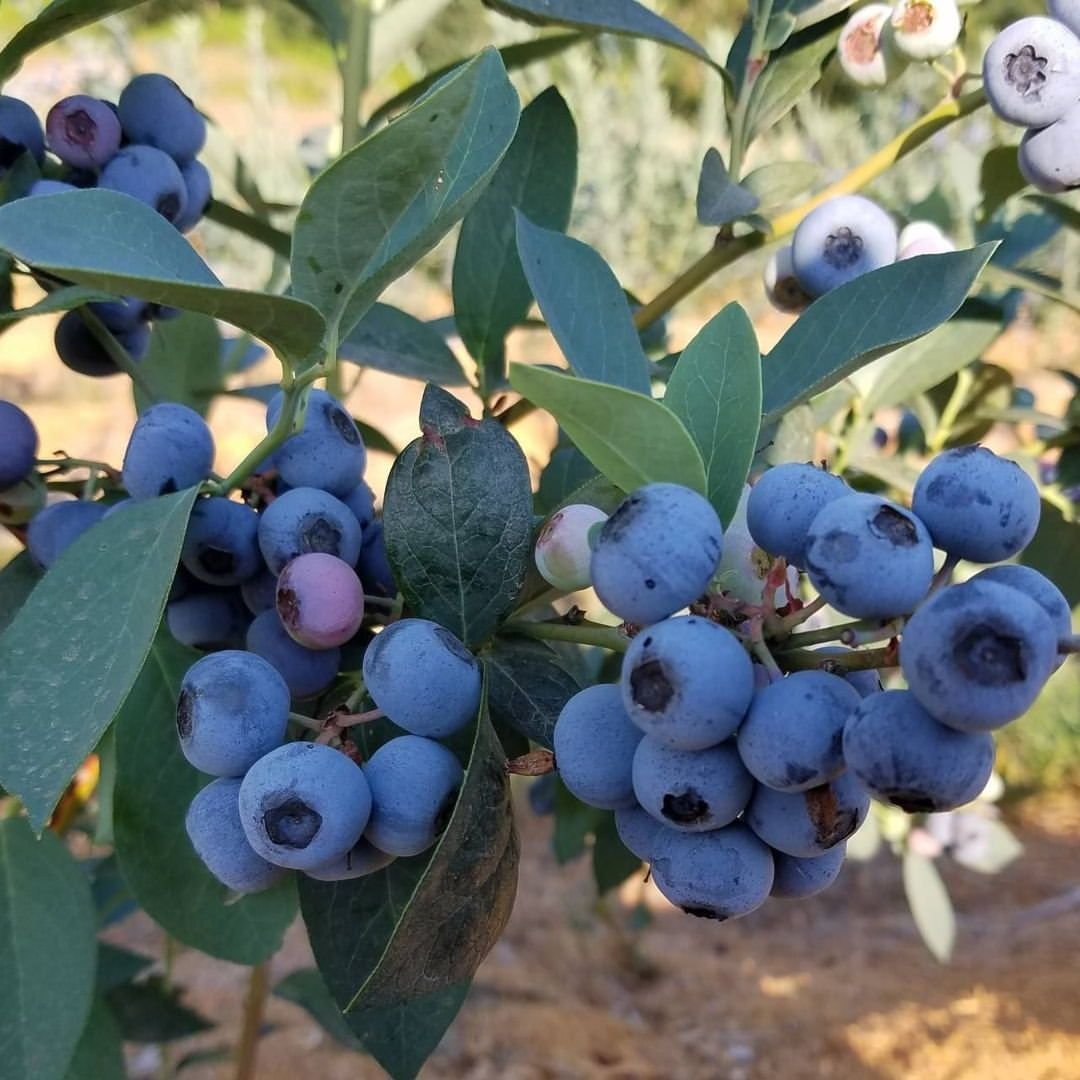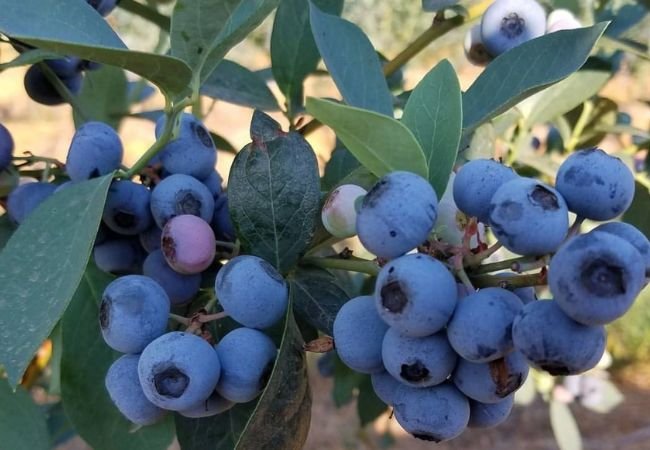Discover the world of Blueberry with our comprehensive guide. Learn everything from selecting the right variety to planting, caring for, and harvesting these delightful berries. Whether you’re a seasoned gardener or just starting out, our step-by-step instructions and expert tips will ensure a bountiful and delicious Blueberry harvest.
Blueberry are a true delight for any fruit lover. These little blue gems are not only bursting with flavor but also pack a powerful punch of nutrients. Growing your own blueberries can be a rewarding experience, and with the right knowledge, it’s easier than you might think.
Here’s a concise summary about blueberries:
| Feature | Description |
|---|---|
| Scientific Name | Vaccinium corymbosum (highbush blueberry) |
| Common Name | Blueberry |
| Appearance | Small, round berries with a bluish-purple hue |
| Flavor | Sweet and tart, with a distinct “blueberry” taste |
| Nutritional Value | High in antioxidants, vitamins C and K, and fiber |
| Growing Season | Spring to summer for fruiting; dormant in winter |
| Climate | Prefer acidic soil and thrive in temperate climates |
| Soil | Well-draining, acidic soil (pH 4.5-5.5) |
| Sunlight | Full sun for optimal fruiting |
| Watering | Consistent moisture, especially during fruiting season |
| Pruning | Prune in late winter to early spring for shape and vigor |
| Harvesting | Berries ripen in summer, typically mid to late season |
| Uses | Eaten fresh, used in baking, smoothies, jams, and more |
Getting Started: Variety Selection

Before you dive into planting, it’s important to choose the right blueberry variety for your region. There are several types available, including:
Highbush blueberries
These are the most common and widely cultivated type, suitable for most climates.
Lowbush or “wild” blueberries
Native to the northeastern United States and Canada, they thrive in cooler climates.
Rabbiteye blueberries
Well-adapted to warmer regions, particularly the southeastern United States.
Consider factors like your growing zone, soil conditions, and desired fruit size when making your selection.
Planting Perfection
Once you’ve chosen your variety, it’s time to prepare the soil. Blueberries thrive in acidic soil with a pH between 4.0 and 5.5. If your soil is too alkaline, you can amend it with sulfur or peat moss. Additionally, blueberries prefer well-draining, nutrient-rich soil.
When planting, space your blueberry bushes 4 to 6 feet apart, depending on the variety. Dig a hole twice as wide as the root ball and just as deep. Gently remove the plant from its container and place it in the hole, backfilling with soil and watering thoroughly.
Caring for Your Blueberry Bushes
Proper care is crucial for a bountiful harvest. Here are some essential tips:
Watering
Blueberries require consistent moisture, especially during the first year of growth. Water them deeply once or twice a week, depending on weather conditions.
Mulching
Apply a 2-4 inch layer of acidic mulch, such as pine needles, bark, or sawdust, around the base of the plants. This helps retain moisture and suppresses weeds.
Pruning
Pruning is essential for maintaining the health and productivity of your blueberry bushes. Remove any dead, damaged, or crossing branches in late winter or early spring.
Fertilizing
Blueberries benefit from an annual application of acidic fertilizer, such as ammonium sulfate or sulfur-coated fertilizer, in early spring.
Harvesting Your Blueberry Bounty
The anticipation builds as your blueberry bushes start to bear fruit, typically in late spring or early summer. Here are some tips for a successful harvest:
Watch for color change
Blueberries are ready to be picked when they develop a deep blue color and easily detach from the bush.
Harvest frequently
Blueberries don’t continue to ripen once picked, so harvest them as soon as they turn blue.
Handle with care
Gently twist or roll the berries off the bush to avoid crushing them.
Store properly
Keep harvested blueberries in the refrigerator and consume within a week for optimal freshness.
From baking to smoothies, salads and more, the possibilities for enjoying your homegrown blueberries are endless.
Remember, growing blueberries takes patience and care, but the rewards are truly sweet. With the right knowledge and a little love, you’ll be able to savor the juicy, flavor-packed fruits of your labor for years to come.








Leave a Reply